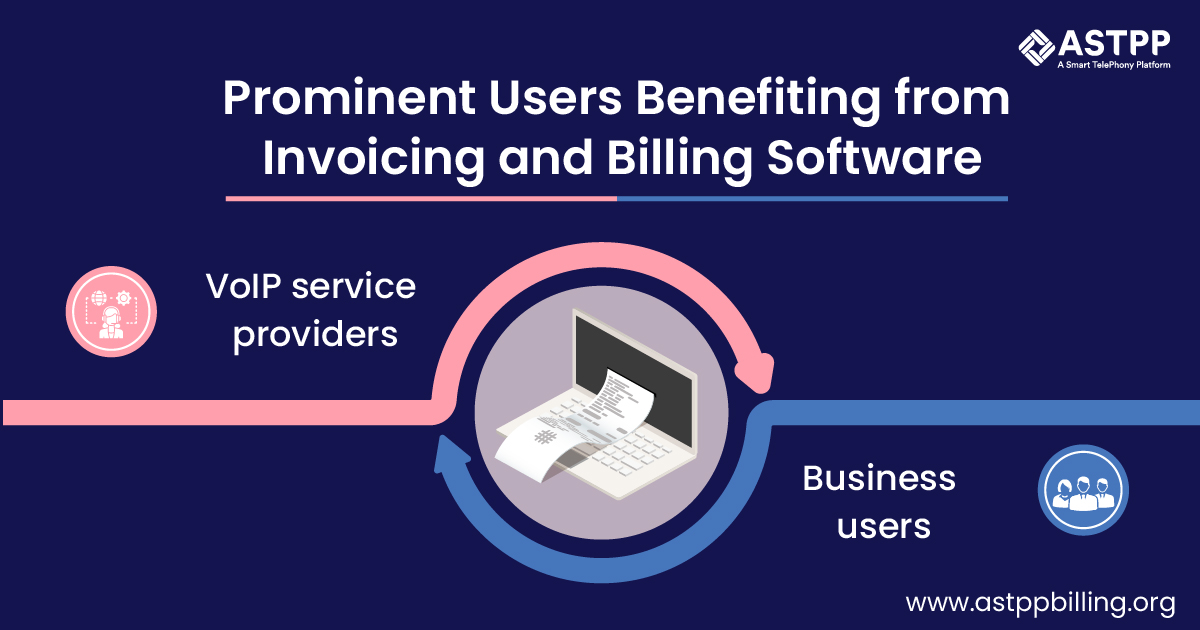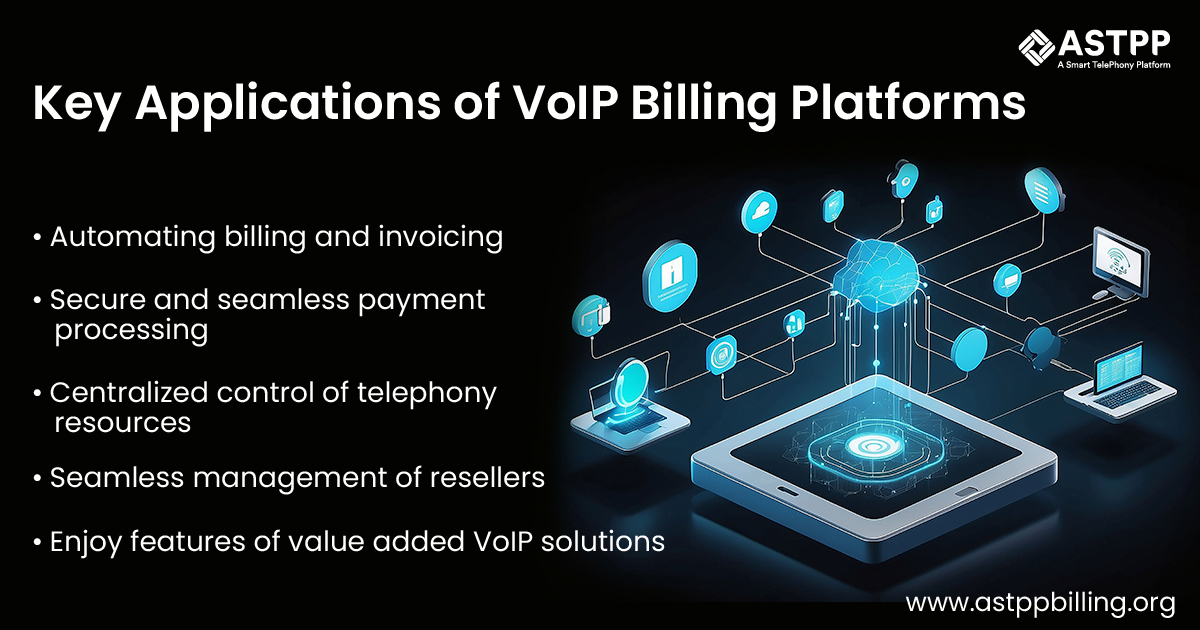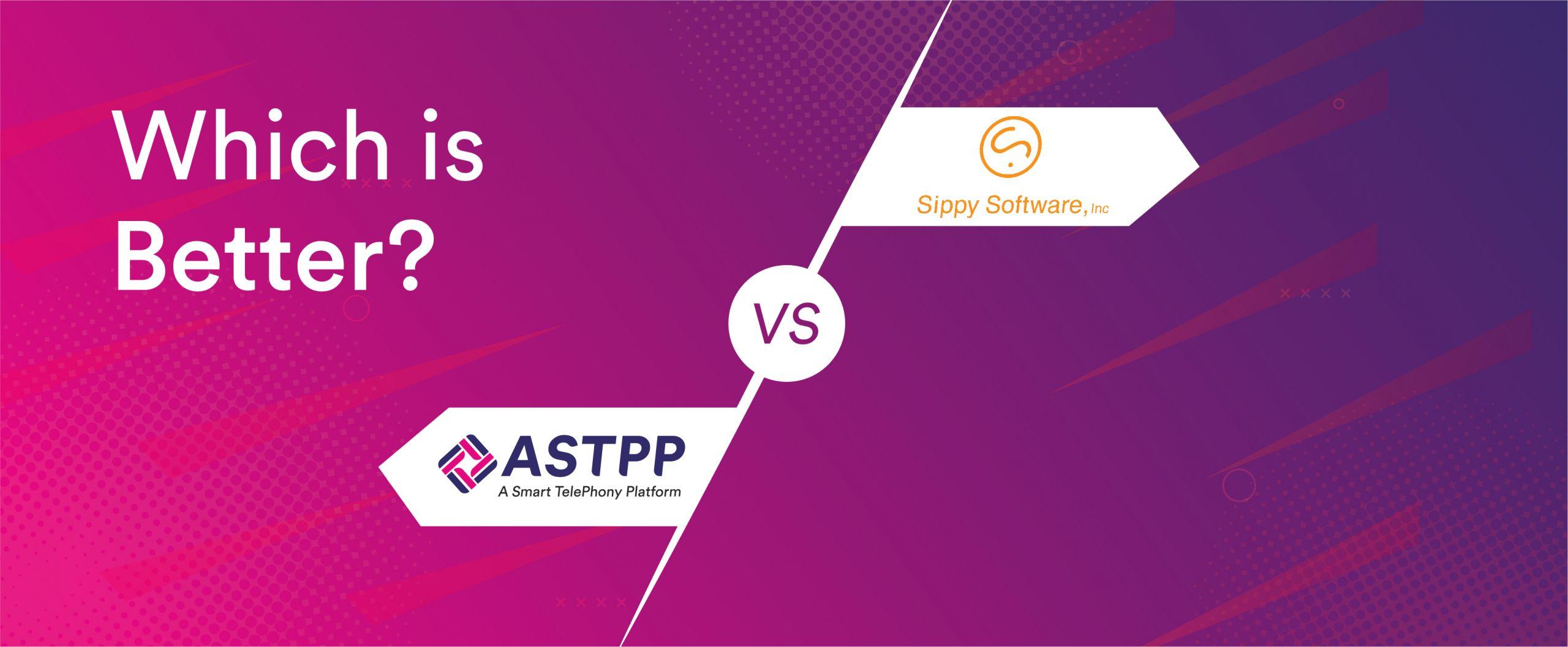The VoIP industry is one of the busiest industries because it manages the communication needs of everyone. Traditionally, VoIP telephony solutions were invented to meet business communication needs. However, over time, these solutions started bringing revolutionary changes. As a result, it started covering a more diversified customer base. For example, it offers communication services and solutions to end users, small businesses, startup companies, enterprises, MNCs, and any user you can think of. Easy access to the internet and technology has made it pretty easy to adopt SIP telephony solutions. In this increasing demand for VoIP communication tools and services, it becomes inevitable to use a powerful VoIP billing software solution.
Certainly, billing is a methodology to automate the process of keeping account of system and service usage and billing customers accordingly. However, this is not the only usage of this system. This solution is extremely versatile, and it has an array of use cases.
To give you an insight into this solution, we have jotted down all the insightful details. This blog post will give you a complete understanding of this platform.
1. Understanding VoIP Invoicing and Billing Solution

In simple words, a VoIP billing solution is a powerful VoIP software solution that simplifies the intricate job of keeping track of VoIP service usage and generating invoices. In short, it automates invoicing and billing processes for VoIP business owners.
If you are thinking that there is no need to use a billing system for automation, then hang on. You must understand the real essence of using this software. Moreover, you must understand the intricate nature of billing in the VoIP industry. We will cover that in the next section.
Modern billing systems offer many more features than just billing features. For example, it can offer payment processing, a rating engine, in-app recharge, and several other features to make the billing process more fulfilling.
You can read a definitive guide on a complete VoIP billing solution. This blog post covers a complete detail of the billing system. Moreover, it shares key features and benefits of using this platform in business.
2. Top Reasons to Use a Billing System
In the VoIP telephony industry, a single provider manages multiple types of accounts. For example, prepaid calling and postpaid calling are two different plans possible. Moreover, the provider offers different types of features and offerings. For example, DID numbers, faxing facility, VoIP Softphone, etc. are add-ons. They are not the plan of the main offering. Therefore, they can charge additional fees.
Discover the Ultimate VoIP Billing Solution Streamline your Billing process Today.
In addition to that, simple calling can have different rates. For example, night calling is often cheaper than calling during busy hours. Likewise, there are different types of accounts to manage for a provider. For example, new customers, long term customers, regular clients, bulk usage clients, premium clients, and even a reseller. A VoIP service provider may charge these customers differently.
In a nutshell, there are so many conditions to make a final invoice for a particular customer or a group of similar customers. Therefore, the manual process becomes completely ineffective and inaccurate. As a result, it is necessary to automate the whole process.
In addition, VoIP providers manage tens to hundreds of concurrent calls. Moreover, customers are charged for VoIP minutes along with subscription fee, add-ons, and features. Therefore, the manual job of managing these VoIP minutes and usage and making bills become highly sluggish. In short, using powerful VoIP billing software becomes necessary.
3. Major Users of Invoicing and Billing Software

There are two major users of this solution, and we will briefly take a look at them.
VoIP service providers
In the VoIP industry, there are different types of VoIP service providers. For example, business VoIP service providers, wholesale VoIP providers, retail VoIP service providers, calling card providers, DID number management service providers, and more. All these users offer one or more types of VoIP services. Therefore, they need a reliable and flexible billing solution to automate the process of managing carriers, customers, providers, resellers, and more.
Business users
In addition to VoIP service providers, businesses also use different VoIP solutions. Ideally, they may not need to use a billing system because they use these solutions for their own business. However, if an enterprise uses a VoIP solution for its multiple branches, then a billing system is helpful. This system helps in allocating the call budget to each branch. Moreover, it provides multiple other access controls to the admin.
For example, a sales office will not need some communication features. Therefore, those features are not granted. Based on reports generated by a billing system, this is possible to track usage of the VoIP communication features. In short, a business can get a more controlled view of communication resource usage. Moreover, they can make better decisions and budget allocation.
You might be interested in exploring the details of this topic covered in another blog post. It covers the Advantages of Convergent Billing Software for Telecom Operators and End Users. This blog post gives detailed information about a trending billing system, which is convergent billing. Moreover, it will give a broader perspective on VoIP billing and its benefits.
4. Best Practices for Using VoIP Billing Systems

Using a VoIP billing solution is extremely easy. However, to ensure you can make maximum returns from your software, you need to know the best practices of using this software.
4.1 Use the best VoIP billing software
It is essential to use one of the most advanced, cutting-edge, and powerful VoIP billing solutions. You can choose either a proprietary or an open source VoIP billing solution provider. The good news is both third party and open source solutions have powerful features to offer. If you are using a powerful solution, you should make sure that your version is the latest. In addition to that, you need to ensure that your provider persistently adds new features. Moreover, your billing solution provider must adopt the latest technology trends such as AI, IoT, and more.
If you are interested in knowing the best technology option, then using a FreeSWITCH billing software solution is highly recommended. FreeSWITCH makes the billing system highly robust, flexible, and scalable.
4.2 Build a comprehensive platform with integrations.
Once you select the best VoIP billing platform, the first step is to integrate it with your existing VoIP solutions. Some billing platforms provide both VoIP software and billing systems. You can use this platform. If your VoIP solution is independent, then you must seamlessly integrate the billing system with it. Moreover, you can use the same billing system for one or more VoIP solutions. However, it is completely dependent on your system license. Moreover, if you are using an open source VoIP billing solution, there is no issue of licensing.
4.3 Create rate plans
The best billing solutions provide rate cards, tariffs, and package plan creation. This will help with billing clients based on the selected rate plan. In the VoIP business, it is possible to have complicated billing and rate plans. Therefore, you must configure all rate plans in your software. Moreover, your software must support this feature of rate card configuration. As a result, you can map plans to clients and build a more automated system.
4.4 Don’t miss out on recurring charges
An open source VoIP billing solution provider often builds a module to integrate custom plans. You can add all recurring charges within the billing software. For example, you can add taxes, service charges, maintenance charges, table fees, and more. Depending on the configuration feature available in your billing platform, you must add recurring charges to your rate cards.
4.5 Real time billing is a must
It is definitely an advanced feature. Therefore, it is unavailable in all billing solutions. However, the top platforms consist of real time billing, as well as in-app recharge features. Your software must have these features. Moreover, it has to be part of online billing practices. It will help you ensure that you don’t lose money for defaulters.
4.6 Use automation
Automation features are part of the majority of billing solutions. Automated billing, invoicing, and payment processing are part of modern platforms. However, there are several service providers that don’t use all automation features. As a result, they cannot maximize returns. Therefore, you must understand and implement all automation features. This will help in enhancing audit, billing, rating, invoicing, and several other operations. You can save your resources, which are now available to use for other productive jobs.
5. Major Usages of VoIP Billing Platforms

Generally, there are some known usages of this platform. However, there are several interesting utilities of these solutions. Let’s take a look at the major use cases of these solutions.
5.1 Automating billing and invoicing
Conventionally, the concept of VoIP billing software was introduced to automate intricate jobs of invoicing and billing. However, the billing system does not perform only this job. To make the whole process of billing and invoicing seamless, the modern solutions also provide additional features like:
- Product management
- Rate card creation
- Subscription package generation
- Tariff management
All this automates billing and invoicing jobs. In addition to that, it ensures high accuracy and efficiency in the process.
5.2 Secure and seamless payment processing
As mentioned earlier, this solution provides additional features. Therefore, a majority of VoIP software development companies have invested in building a secure payment processing system within the billing software. Moreover, they also provide payment gateway integration to meet customer requirements of their businesses. Additionally, it provides flexibility of remote payment to customers.
5.3 Centralized control of telephony resources
One added usage of the billing system is controlling telephony resources. An admin can assign a VoIP minute budget. Moreover, he or she can grant and revoke features depending on the role of the business.
5.4 Seamless management of resellers
Business expansion needs manpower along with the best tools. A force of resellers is one of the most effective armies that can help you grow your business manifold. However, managing resellers and the discounted rates given to them are difficult to manage manually. Therefore, development companies have added a value added usage of the billing system. This usage is effective resource management. A VoIP billing platform with advanced features including a reseller module. This module helps in managing resellers seamlessly. Moreover, multiple operations related to reseller management are automated.
5.5 Enjoy features of value added VoIP solutions
Modern billing solutions are not restricted to invoicing and billing features. Unlike that, there are several powerful features available with the modern Asterisk and FreeSWITCH billing software solutions. For example, this solution offers features of a class 4 Softswitch solution. These features let VoIP service providers offer wholesale VoIP services along with automated billing and invoicing. Moreover, an open source VoIP billing solution like ASTPP provides access to a fraud detection and management solution. Similarly, there are several features available that make a billing solution more powerful and stable.
Concluding Notes
There are different types of solutions available for billing in the VoIP industry. However, only some of them are powerful, advanced, and effective. Therefore, it is necessary to choose the right billing system with automation features. Moreover, billing solutions are not restricted to offering just billing related functionality. There are multiple other types of features available that can enhance multiple other jobs in the VoIP business.
In conclusion, it is necessary to understand all the advanced features of your billing system. Moreover, you must implement automation in the billing cycle. Furthermore, you should follow the best practices to reap the added advantages of using a billing system. In addition to that, there are multiple usages of these platforms. However, you must implement these utilities to augment your business model.
If you are looking for the best VoIP billing software solution, then your search ends here. ASTPP is the #1 billing platform developed in FreeSWITCH with futuristic features and modules. To learn more about these solutions, please contact us.





